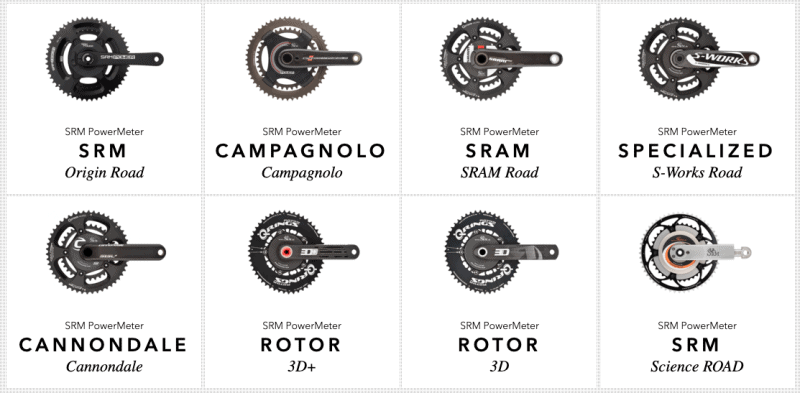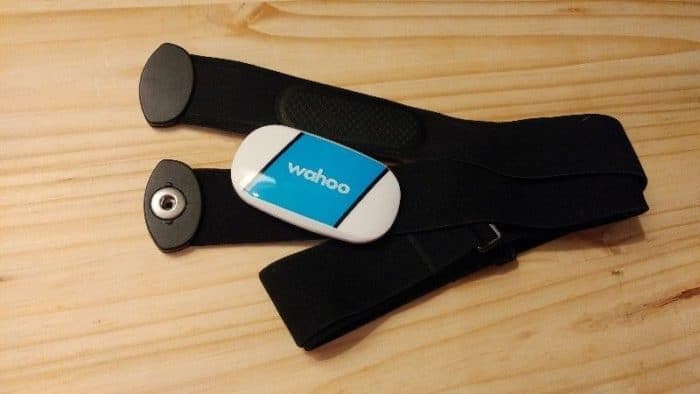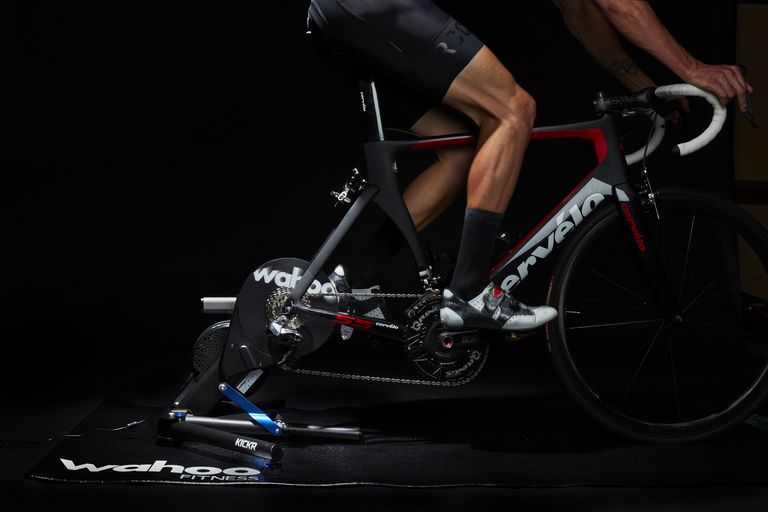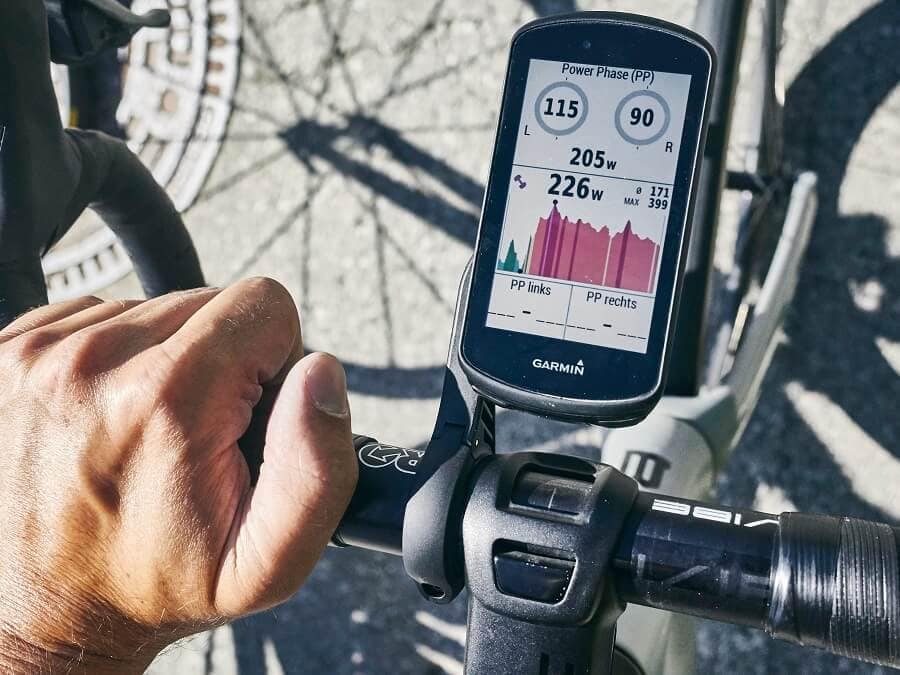Cycling Heart Rate Monitors Buying Guide
Want to know more about heart rate monitors before buying one? You probably curious about things such as,
- How do I choose a heart rate monitor?
- What are the must-have features?
- Which heart rate monitor is the most accurate?
After all, the most important thing about heart rate monitors is accuracy and consistency. There are many models with many features available, but do you really need all of them for cycling?
I’ll discuss the things to look out for in a heart rate monitor. At the end, you’ll be more informed when it comes the time to buy one. Go here to see my top heart rate monitor picks.
Let’s jump in.
On This Page
Electrical Heart Rate Monitors
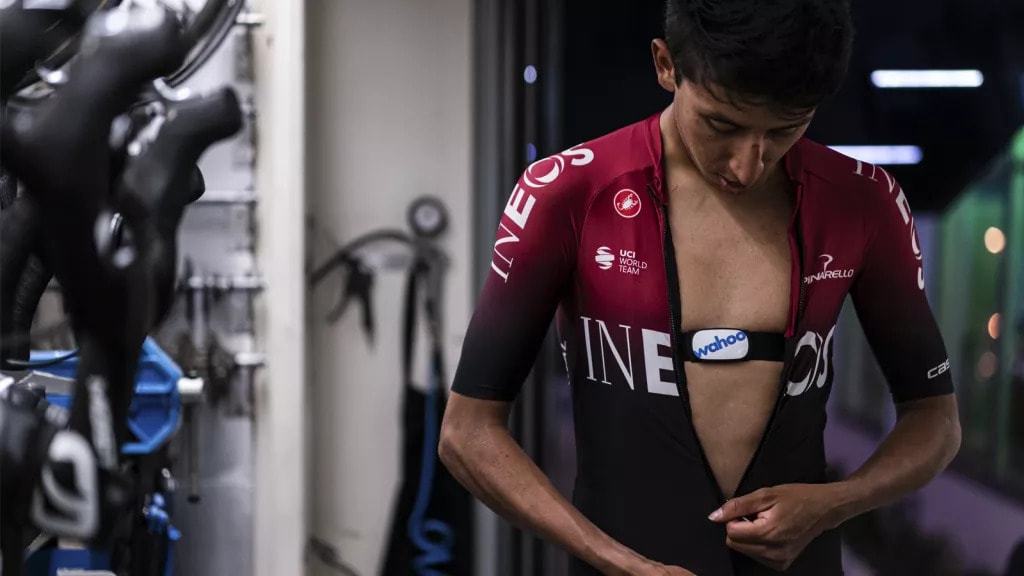
Electrical heart rate monitors are synonymous with chest straps.
The sensor is placed right at where the heart is to collect the reading. This allows it to capture a very strong signal compared to other locations around the body. Your heart rate readings are collected using a technique called electrocardiography (ECG) which measures the electrical activities of your heart. This is done via a pair of electrodes, a shiny and flat panel at the back of the strap which is in contact with your skin.
Since the strap is worn snug around the chest, you can expect consistent and reliable readings since it barely moves at all if worn correctly.
To put things into context, medical professionals place 12 leads throughout the body to perform an ECG test and most of these are around the heart. The electrical heart rate monitor is a simplified version of this technique.
Inside the sensor unit is a small, user-replaceable coin battery, typically a CR2032, and all the electronics for connectivity which I’ll talk about next.
- Pros : Very accurate reading as it measures directly from your heart and not though a proxy.
- Cons : Can be uncomfortable and cause skin irritation for some people. Electrodes need to be damp to be effective.
Examples : Wahoo Tickr, Garmin HRM Dual
Optical Heart Rate Monitors
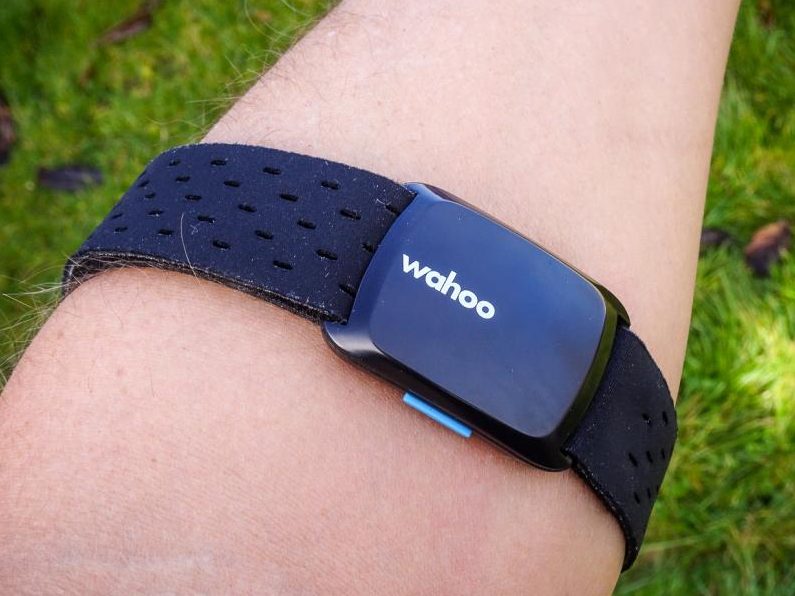
Optical sensors are found in many wearables and smartwatches today. You can see a very distinct green LED at the bottom. Unlike chest straps, optical heart rate monitors use a light pulse to measure the changes in the tissues beneath the skin.
Optical heart rate monitors can be in the form of either wrist or armbands.
A technique called photoplethysmography (PPG) where the light is shined to your skin to measure the blood flow through your wrist. As your heart rate gets higher, the higher the blood volume causes lesser light to bounce back to the sensor, and vice versa. The reflected or refracted light will then be collected by the sensor which then computes your current heart rate.
They’re accurate for daily use but not ideal when you’re working out hard where your heart rate rises and falls within a short period of time, like in interval training. Optical heart rate monitors don’t track sharp rise and fall effectively and you’ll typically see a lag in the reading.
- Pros : Widely available, usually integrated with a fitness watch which you can wear 24/7 outside of cycling.
- Cons : Less accurate reading as it uses a proxy (blood vessels) for measurement and susceptible to a slight lag in reading.
Examples :
- Wristband : Wahoo Elemnt Rival, Garmin Fenix 6
- Armband : Polar Verity Sense, Wahoo Tickr Fit
Geek Tip : Chest based heart rate monitors are more accurate.
ANT+ or Bluetooth Connectivity?
The heart rate monitor is just a sensor and it needs to communicate with a head unit to display all the readings.
For cycling, the head unit can be either your GPS bike computers or even your phones if you’re running apps like Strava.
There are 2 types of wireless connectivity protocols used in heart rate monitors today.
- ANT+ often pronounced as ant plus is a wireless communication protocol designed and maintained by the ANT+ Alliance, which is owned by Garmin. That’s also one of the reasons why Garmin is a big proponent of ANT+. Up until 1 to 2 years ago, almost all heart rate monitors uses ANT+, but things are starting to change recently with the increasing popularity of Bluetooth.
- Bluetooth is another type of wireless communication protocol that has been around since 1994 when it was invented by Ericsson. Since then, Bluetooth has undergone several refinements. The latest Bluetooth Low Energy (BLE) version has been increasingly used in sensors such as heart rate monitors as it requires much less power to run than its predecessors.
Geek Tip : Since ANT+ and Bluetooth protocols are standardized, you don’t need to use the same brand of heart rate monitor and the head unit.
Author Recommended Reads

